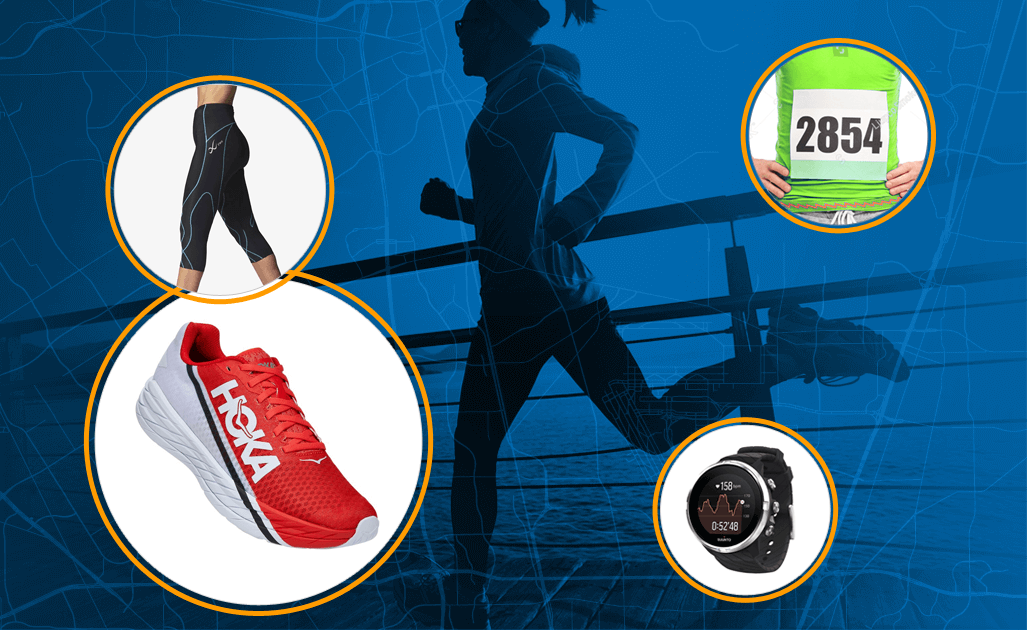What's your foot type?
If your foot turns inward when you run, you're a pronator. If your foot turns outward, you're more of a supinator. And if you tend to land mid-foot, you've probably got a neutral foot type.
If you want to be a better runner, knowing your foot type can help you...
In this post, we're going to show you a few simple ways to determine your foot type, and how that knowledge can help you improve your running with tips on injury prevention and gear choices.
Check out these foot-friendly running tips with input from an expert physical therapist and running coach.
All bodies are different, from head to foot and everywhere in between.
Bodily diversity in running is something to be celebrated.
Representation from all across the spectrum of physicality benefits every runner out there.
Each individual running experience contributes to a broader awareness among runners about:
Put together and shared with the running community, our collective experiences create a bank of knowledge we can all pull from to figure out what makes us tick.
From there it becomes much easier to reach our own greatest potential.
If all runners looked, moved, acted, and improved in the same ways… well, I bet that running on the whole would have hit a very low ceiling quite a long time ago.
One piece of knowledge from that bank looks at the ways that feet hit the ground and how ankles rotate with each stride.
There are three main ways that runners tend to position their feet upon contact with the ground:
Pronation, in which the inside of the foot makes more contact with the ground to bear more of the runner’s weight and the ankle rolls inward.
Supination (also called underpronation), in which the outside of the foot makes more contact and bears more weight while the ankle rolls outward.
Neutral, in which the center of the foot strikes the ground so that the ankle remains upright and stable throughout the stride.
There’s no shame in identifying with any of these patterns.
Plenty of it comes down to simple genetics that lies out of our control. Plus, it’s not all that simple.
Dr. Gab Lesnett, Physical Therapist and Running Coach with Moonshot Running, says:
"Your foot is a lot more unique than just simply ‘supinated or pronated.’”
“A lot of runners think they overpronate,” Dr. Lesnett has noticed, “but actually, your foot should pronate as you’re in stance phase (when your foot is completely flat in the gait cycle)."
"When you pronate, that is your foot absorbing the load of your body weight and then sending it up your entire leg to the rest of your body. This is a good thing! You then use this to propel yourself forward.”
"When you pronate, that is your foot absorbing the load of your body weight and then sending it up your entire leg to the rest of your body."
—Dr. Gab Lesnett
So, there is certainly such a thing as a healthy amount of pronation of the foot and inward rotation of the ankle.
Research published in Frontiers in Physiology on the impacts of overpronation and supination shows that foot posture changes the way that the rest of the leg, all the way up through the hip, absorbs the impact.
When certain muscles see more action than others, they become prone to more stress than they’re equipped to handle without corresponding ones bearing their share of the brunt.
Runners most commonly see these injuries occur in the hips and knees, such as:
Curious if you tend to overpronate or supinate your feet when you run? You can determine your gait by…
Getting a gait analysis from a physical therapist or at your local running store.
Receiving feedback from an outside perspective is probably the easiest way to tell what’s going on with your gait.
Why? An expert can notice details that you might miss.
Recording yourself running to act as your own outside observer.
This can be a good option if you come from a background in the coaching, shoe fitting, or physical therapy realms and have a good idea how to analyze foot, knee, and hip positions.
Fun fact: Running Warehouse will review your video and tell you what your foot type is. Click here for details.
This involves soaking your foot in water and planting it on cardboard to see the outline of your foot.
If only the ball and heel of your footprint show up, without much in the middle, this means that you have high arches.
This type of at-home test can give you an idea of where to start, but make sure to follow up on your findings with an expert before jumping to conclusions.
Sometimes, runners dealing with injuries resulting from overpronation or supination can make changes to their gait in hopes of coaxing their natural foot landing back towards neutral.
This usually involves working with a physical therapist to:
Over time, working toward more level relationships between muscle groups can lead to productive gait changes that reduce your risk of injury. Rounding out your routine with these tips on yoga for runners can also help runners build balanced strength and stability throughout the body.
But this isn’t always the case, even with the help of strength training or physical therapy.
For better or for worse, our natural strides might decide that they’re here to stay.
That’s okay, and you’re not any more or less of a runner for it—nor do you have to saddle up for the prospect of jumping from one injury to the next throughout your running career.
First of all, let me restate that not all pronation variances impact your gait strongly enough to result in injuries.
Most runners with slight overpronation or supination tendencies don’t find themselves much more susceptible to injury than neutral striders.
If your physical therapist has confirmed that your gait raises cause for concern, though, then your next best bet is to take a look at your shoe choices.
“When someone actually may be overpronating, causing their knees to collapse in, you’re going to want more structure in the shoe,” Dr. Lesnett explains.
“On the flip side, someone with a supinated foot may do better in a shoe that is softer or more cushioned."
These different shoe options, from more structured to more cushioned, add targeted support depending on arch height to help redirect your gait.
Dr. Lesnett is quick to follow up with the fact that “most runners will do great in a ‘neutral shoe’,” emphasizing that pronation and supination don’t always matter as much as we might think.
Runners tend to look for quick fixes in the face of:
But harping on the exact angle of your foot positioning might not hold all the answers.
Still, choosing running shoes that fit your unique foot is key to navigating injuries and meeting your potential. Make sure to review and test options from a variety of brands in a range of styles. Your ideal fit might not make the top of the charts for someone else, so it’s important to prioritize your individuality and dig deeper as needed. Briefings on brands like...
...can help you get to know what different brands have to offer based on what you know of your habits.
“The biggest piece of advice I can give...,” says Dr. Lesnett, “...is to go to the store, try on some options, and run in them on a treadmill.”
Your best fit is likely your most comfortable fit, so trust your body and the experts at hand in the store to guide you in finding your ideal shoe.

Login to your account to leave a comment.

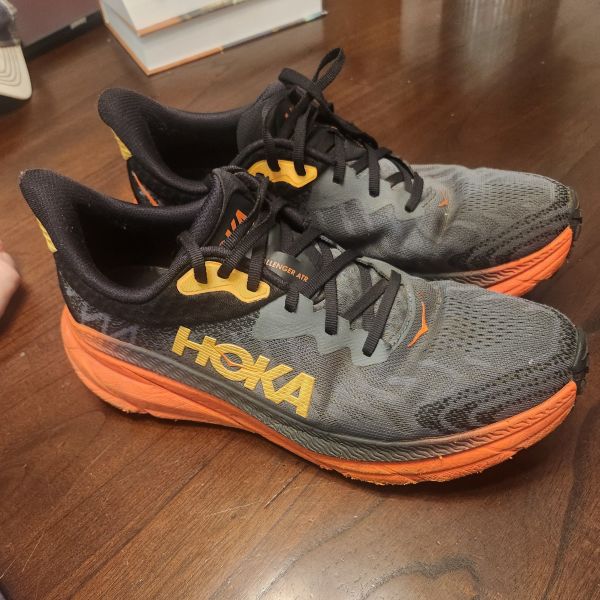
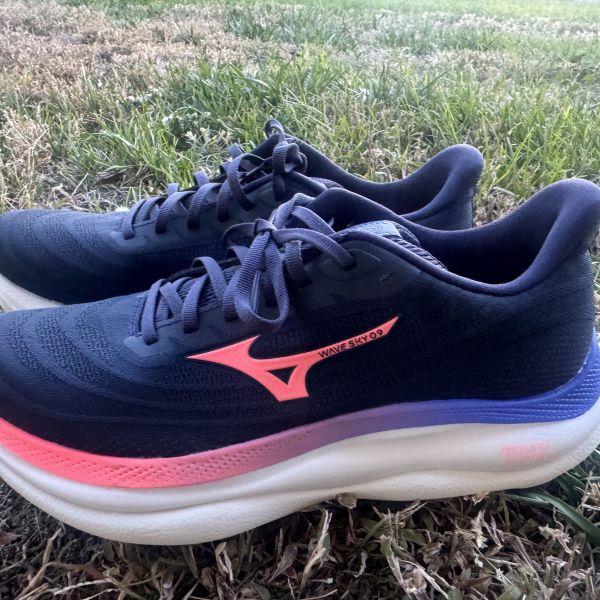
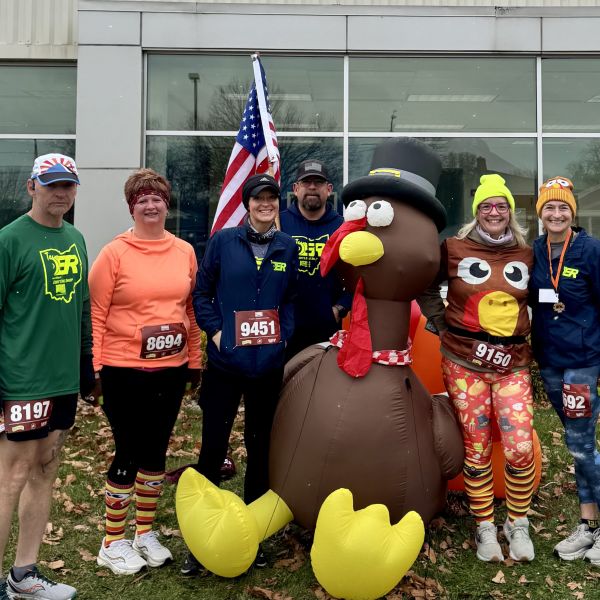
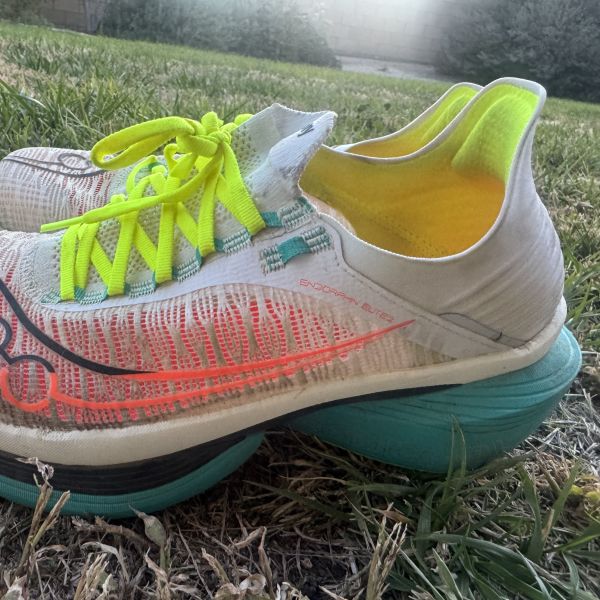
We Want to Give it to You!
